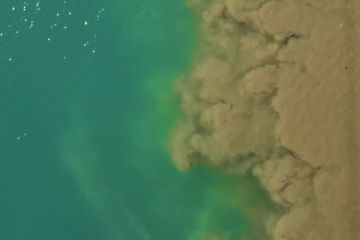Explainers ·
What is blue carbon?
What it is, how it's helping combat climate change and why the Great Barrier Reef is such a critical blue carbon site.
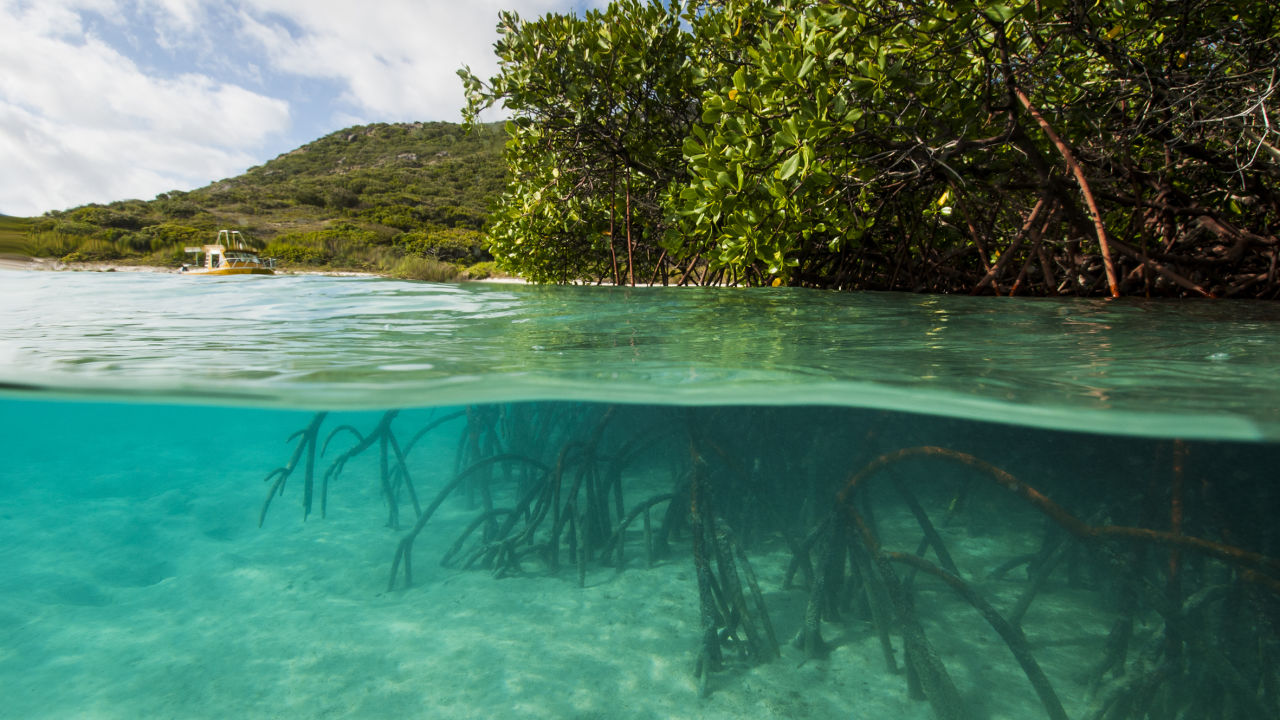
Carbon dioxide is a greenhouse gas that occurs naturally in our atmosphere.
It plays an important role in absorbing and radiating heat to keep temperatures on Earth stable. But carbon dioxide levels have been steadily rising, due mainly to the burning of fossil fuels, trapping more heat in our atmosphere and contributing to climate change.
Our oceans, coral reefs and connected coastal ecosystems like seagrass meadows, mangroves and wetlands play an important role in removing carbon dioxide from our atmosphere. Known as “carbon sinks”, these diverse habitats act like enormous sponges, continually cleaning our air by absorbing carbon and storing it internally.
Land-based ecosystems like rainforests also act as carbon sinks, but the “blue” ocean and coastal ecosystems supercharge the process, storing carbon at a much faster rate.
Our Great Barrier Reef ecosystem is one of the world’s most powerful blue carbon sites and plays an important role. Evidence suggests that when coral reefs are damaged, the ability of nearby seagrass meadows and other coastal ecosystems to absorb carbon is also diminished.
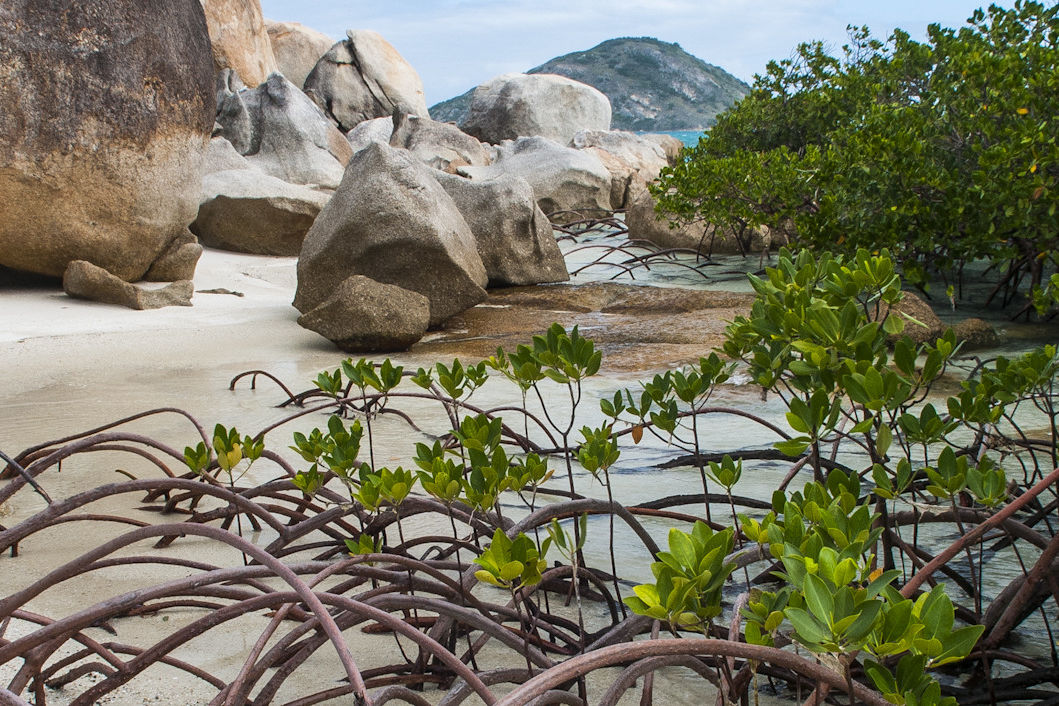
Mangroves are key blue carbon sites. Credit: Gary Cranitch
#How do our coastal ecosystems store blue carbon?
Tiny photosynthetic cells inside plants and coral are masters at storing carbon. All green plants — including seagrass, mangroves and the algae that live inside coral — are able to absorb carbon dioxide molecules from the air and turn them into food and energy, in a process known as photosynthesis.
The ocean’s surface also naturally dissolves carbon dioxide molecules from the atmosphere above, collecting almost one third of all global carbon dioxide emissions.
Over time, the carbon builds up and is deposited in coastal sediments and soils. Carbon found in our coastal ecosystems can be thousands of years old.
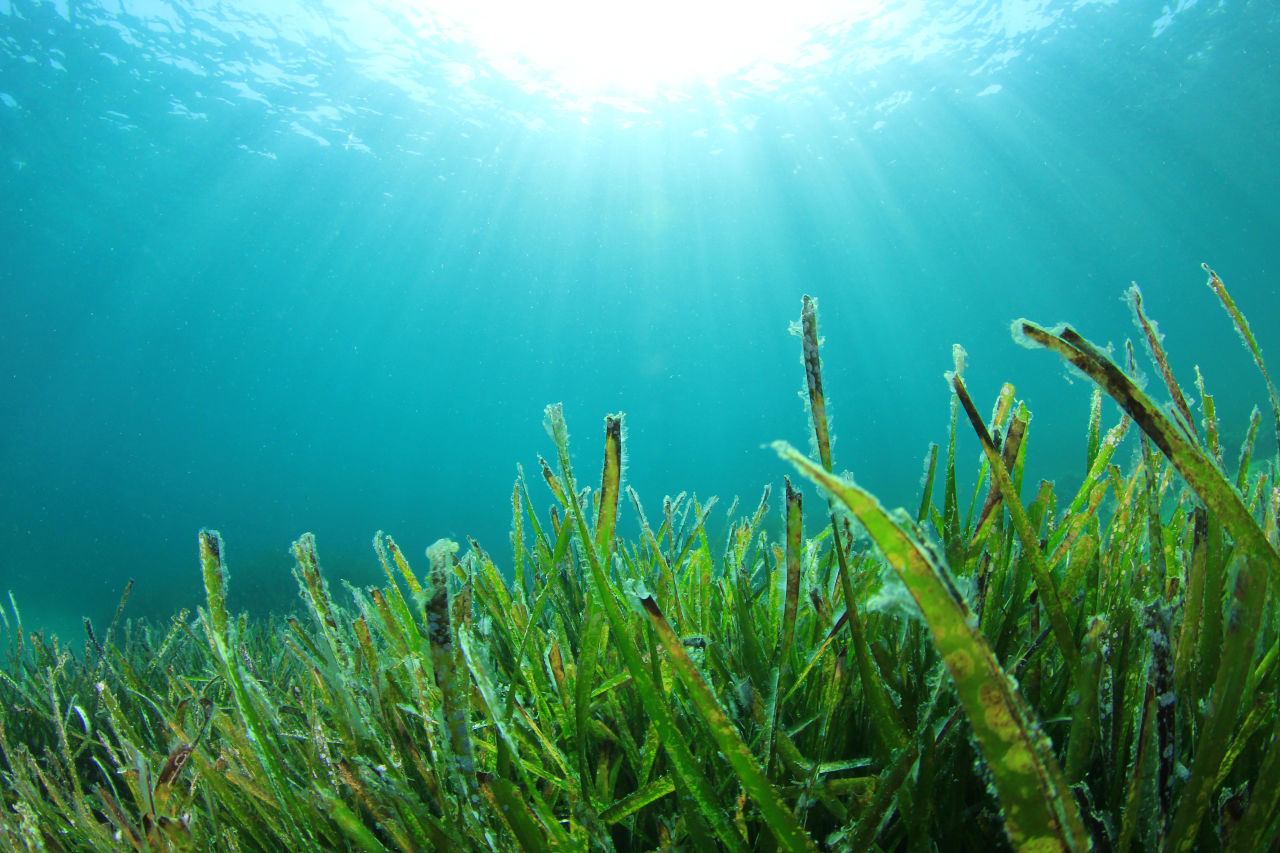
Seagrass absorbs and stores carbon, helping combat climate change. Credit: GBRMPA
#Why is protecting blue carbon important?
When carbon sinks are damaged or destroyed, the carbon is released back into our atmosphere, significantly increasing atmospheric carbon dioxide and contributing to global warming.
Our coastal ecosystems are key to combating climate change, but they are coming under increasing threat by extreme weather damage, pollution and coastal development.
Right now, we’re delivering more than 200 Reef-saving projects on our Reef and at World Heritage marine sites in Ningaloo, Belize, New Caledonia and Palau.
A recent UNESCO report found these five sites, which are part of our Resilient Reefs Initiative, are crucial blue carbon ecosystems that play a vital role in the fight against climate change.
#Related

Explainers ·
Uncovering hidden species with eDNA
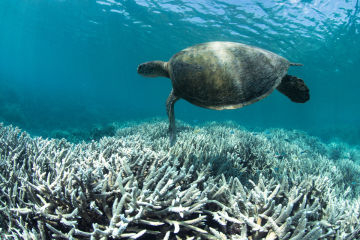
Explainers ·
What is coral bleaching?
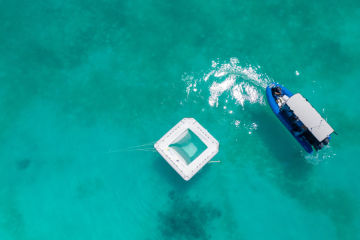
Explainers ·

